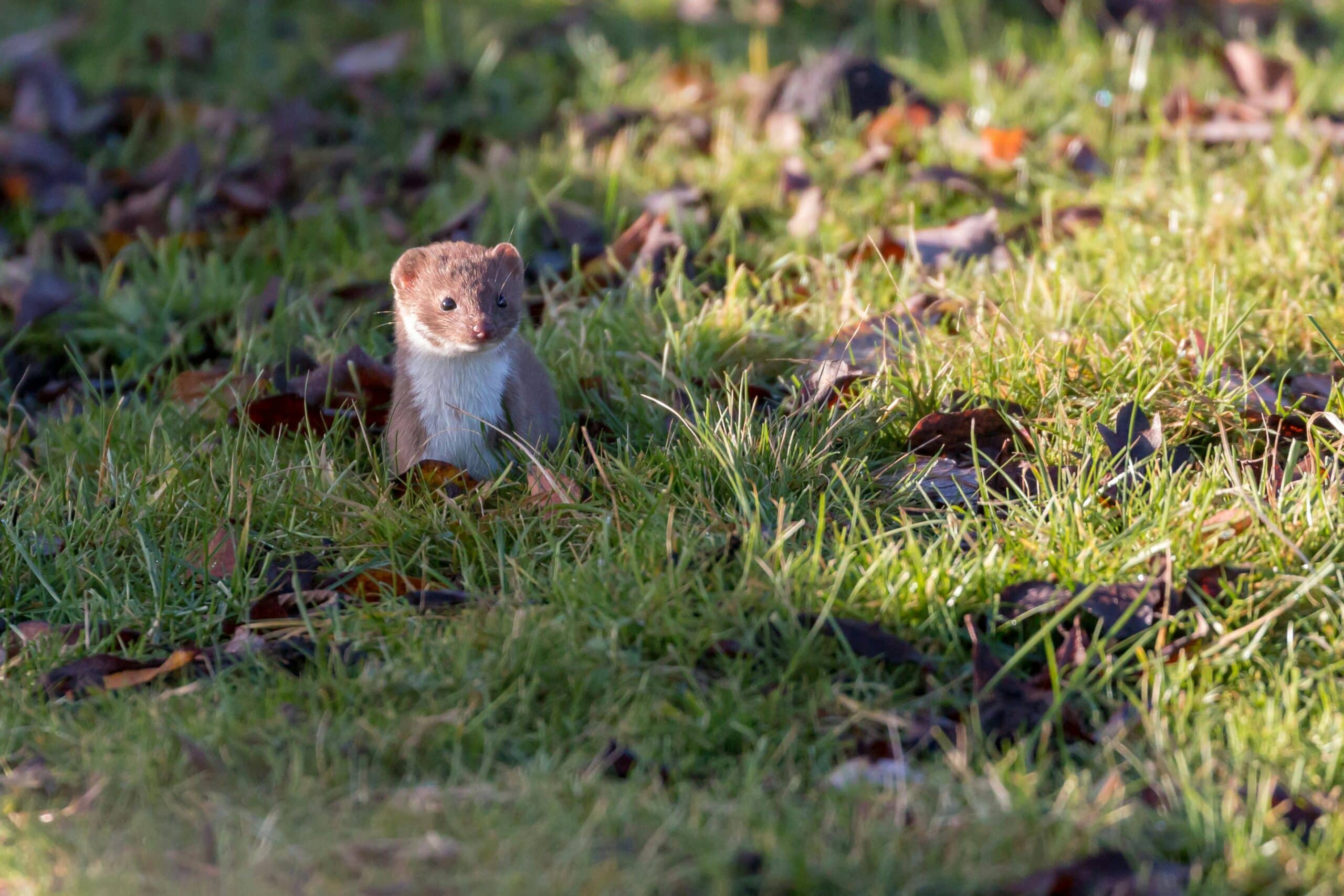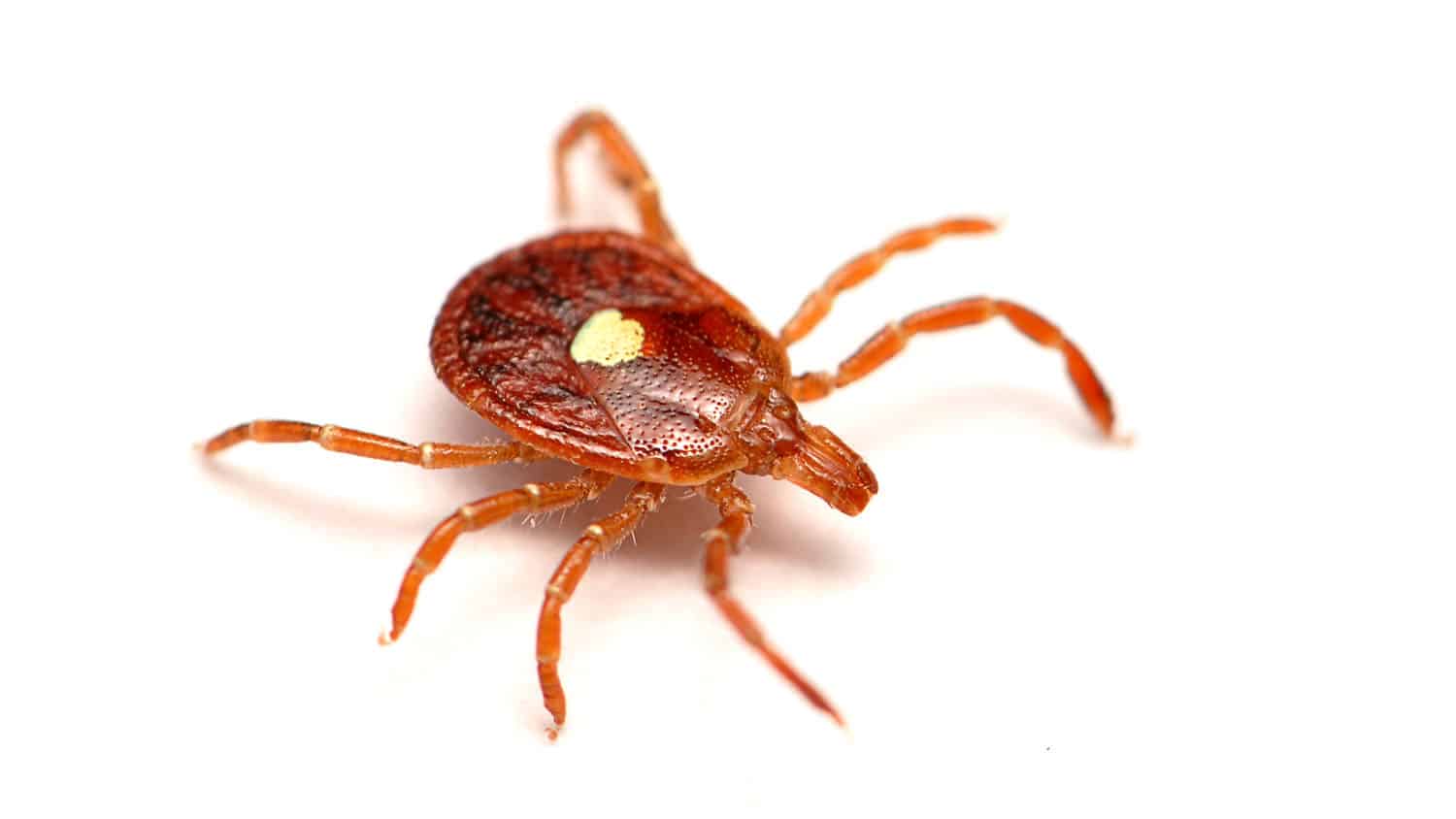For Immediate Release
When monitoring the health of mammal populations, scientists often use camera traps to observe the animals in their habitats. But weasels are so sneaky they’re rarely caught on camera – leaving scientists with questions about this population of predators.
“We’re a little worried about the weasels,” says Roland Kays, a research professor at North Carolina State University and scientist at the N.C. Museum of Natural Sciences. “We don’t see them very often, but it’s difficult to tell if they’re actually gone or if they’re just so sneaky that we can’t find them. We decided that we needed to better understand the best method to detect them. There wasn’t a great consensus on that.”
That problem is the focus of a new study by Kays and a host of collaborators, which examines what kind of bait is most effective at luring weasels out of hiding.
Between 2022 and 2023, researchers placed 486 camera traps in sites across the central and eastern United States where they knew weasels lived. They baited those traps with seven types of lures to see which ones attracted the most mustelids – a diverse family of carnivores that includes weasels, ferrets and martens.
Red meat outperformed all other baits, especially when supplemented with a bit of salmon oil. Weasels in the south also had a taste for chicken, Kays said. Because red meat is also attractive to most other predators, researchers used a new double-cage system to make it harder for larger animals to reach the bait.
“There is a huge variety of scent lures available, and trappers often make their own from all kinds of ingredients,” he said. “As it turns out, however, just having a chunk of meat works the best.”
Of all the weasel species to worry about, the “least weasel” is the most worrisome. As the world’s smallest carnivore, the least weasel is notoriously difficult to track down and has only been seen in a handful of camera trap surveys. Their range extends into the North Carolina mountains, and Kays hopes to use the findings from this study to survey least weasel populations there.
“Now that we have an understanding of the best ways to lure the weasels, we can be more confident in the findings of our surveys,” he said. “When we have sites where we don’t detect them, we can be much more assured that they aren’t just in hiding, they’re really just not there at all.”
The paper, “Efficacy of baits and lures for weasel detection” is available to read in the open-source journal Wildlife Society Bulletin. The study’s corresponding author is Scott M. Bergeson of Purdue University Fort Wayne. This project was partially funded through the Federal Aid in Wildlife Restoration Act 1937.
-pitchford-
Note to editors: The abstract of the paper follows.
“Observations on weasel bait efficacy during a nationwide camera trapping survey”
Authors: Scott M Bergeson, Purdue University, Roland Kays, North Carolina State University/North Carolina Museum of Life and Science, et al.
Published: March 27, 2025 in Wildlife Society Bulletin
DOI: 10.1002/wsb.1580
Abstract: Small mustelids are difficult to survey due to their low density and cryptic nature. Population status of North American weasels (Mustela erminea, Mustela nivalis, and Neogale frenata) are believed to be in decline, but there are no standardized monitoring protocols to evaluate their status. To support weasel monitoring, we compared the attractiveness of various combinations of baits and lures to weasels in sites located throughout the eastern and central USA. We baited a total of 122 clusters of 4 camera traps, across 14 states, with random combinations of 4 baits and 3 scent lures in the winters of 2022 and 2023. Cameras baited with meat were 3.5 times more likely to detect both short- and long-tailed weasels on average (mean percentage of cameras detecting weasels: 20–30%) than those with scent lures (3–11%). Red meat was twice as effective at attracting short-tailed weasels (50%) as chicken or cat food (20%; Z = 2.49, p < 0.01). While red meat marginally increased detections of long-tailed weasels (21%) compared to chicken and cat food (19%), its effectiveness was influenced by whether the bait was stolen (Z = 2.08, p = 0.04). Additionally, long-tailed weasels were detected in half the time when raw chicken was used (median days to detection: red meat = 39.5 days, raw chicken = 14.5 days). When salmon oil was added to meat bait, it increased the likelihood of detecting short-tailed weasels and reduced the time to detection for both species. A variety of non-target species stole meat bait during the survey, making the camera traps less effective. The addition of salmon oil may have allowed for continual attraction of weasels until stolen meat bait could be replenished. In summary, red meat was the best all-purpose bait for weasels, although raw chicken is similarly effective for long-tailed weasels, and the addition of salmon oil is helpful. We also recommend a specific bait enclosure design that was the most effective at minimizing theft of bait. We propose our baiting strategy can be used as a survey standard to evaluate the distribution and population status of weasels.
- Categories:



